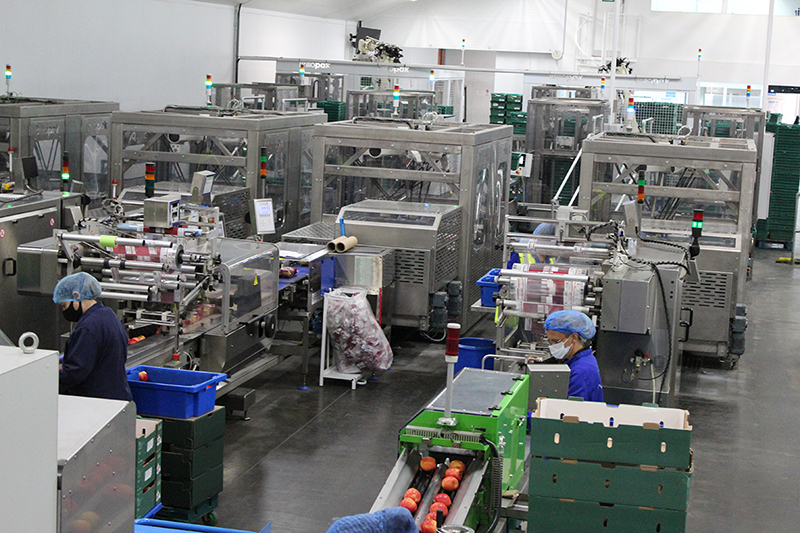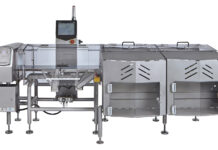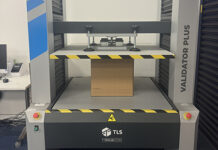David Jahn, sales director at Brillopak explains why automation should not be feared and that proper planning can prevent a myriad of issues, while delivering significant performance increases
YOUR investment in end-of-line automation in food packing is no longer a medium-term aspiration, it is now a short-term business imperative. And with an optimum combination of class-leading technology and a partner that understands every facet of the evolutionary process, you can quickly reap the throughput rewards and avoid all the planning, architectural and logistical pitfalls.
This push to automate is being driven by your end users; the proliferation of digital supply chains, which thrive on end-to-end operational data; labour market shortages, evolution and migration; and efficiency, agility and speed of response becoming ever-more essential metrics for your customers.
But we know that deploying automation is a big step as it can be very different to manual operations. There is also an element of perceived risk.
Indeed, we’ve heard from many food processors and packers who are not fully utilising their new automation equipment, often for simple reasons that were overlooked at the planning stage. These can include simply not asking “why are we automating?”, a failure to create forward-looking requirements plans, engineers and operators being reluctant to use more complex technology, failure to consider future business when planning and failure to involve all stakeholders.
To prevent these issues, we highly recommend you partner with a manufacturer that can act as an expert guide, as you prepare and transition into automation — from planning through design, deployment, evaluation and enhancement, and onto carefully phased and fully scaled operations. There’s a lot to consider.
By taking a holistic view of your requirements, your facilities, your business plan, your customers’ needs, and your plant capabilities, Brillopak can help you create an automation action plan that delivers your desired improvements in operations efficiency and a quick payback.
We’ve created a multi-stage agenda that captures all plant, project and business requirements and addresses many of the issues before they can even appear. These steps help users to much better understand our process.
Step one is a full plant audit and requirements capture, where we ask the questions ‘why are you automating?’ and ‘what are your business goals, drivers and needs?’
In step 2 we look at the plant architecture to assess space, utilities, flow and potential. We then look at your packaging, in terms of the product, the package types, the primary materials and the desired throughput. We need to look at this to define the robotic systems.
End-of-line packaging machine design is next, where we examine any unique product/plant/customer factors that could influence design/operation. At this and every stage the devil is always in the detail. We mustn’t forget your people. Here we will look at workforce preparation, especially at skill and staffing levels.
Following this we look a little to the future and discuss what you will need in terms of maintenance and service.
Once this has all been finalised we can examine the installation, test and commissioning of your new automation solutions, where we will minimise downtime and ensure your engineering team is part of the process as early as possible.
The final step is to study your future requirements and how a phased approach can take you onto the next evolutionary steps. We can look at how we can help you to enhance and grow your initial installation. Maybe add a second packer and additional conveyors and then copy this three-machine format and co-locate. At each phase we will examine the lessons learnt to define best practice for the next stage. You can grow and expand at your own pace and set operational and financial stage gates to suit your precise needs.
Our award-winning robotic case-loading systems include single-system solutions and everything for end-to-end packing lines, including pack-management conveyor systems, robotic product loaders, crate de-stackers, bale arm closers and palletisers.
Our team has installed over 200 systems, helping transform manual packing halls into semi or fully automated operations.
Ultimately you don’t know what you don’t know. Our systems are designed with the flexibility to handle multiple product types now and into the future, to ensure that your investment today is still generating payback in 10 years’ time.













